Havana Cuba Day #1 Was Wet!
We arrive in the early morning to a rain storm but it is the tropics so rain is expected most days. We had rain!

Did You Know? - Havana (/həˈvænə/; Spanish: La Habana [la aˈβana] (About this soundlisten)) is the capital city, largest city, province, major port, and leading commercial center of Cuba. The city has a population of 2.1 million inhabitants, and it spans a total of 781.58 km2 (301.77 sq mi) – making it the largest city by area, the most populous city, and the fourth largest metropolitan area in the Caribbean region

We have sailed in circles all night as Miami to Havana is only a few miles

Three inches of rain in January is the average

Always building and rebuilding in a city this old

The Port Of Havana is well protected!
Did You Know? - Havana harbor is the port of Havana, the capital of Cuba, and it is the main port in Cuba (not including Guantanamo Bay Naval Base, a territory on lease by the United States). Most vessels coming to the island call in Havana. Other port cities in Cuba include Cienfuegos, Matanzas, Manzanillo, and Santiago de Cuba.
The harbor was created from the natural Havana Bay. It is entered through a narrow inlet and divides into three main harbors: Marimelena, Guanabacoa, and Atarés.

We can see the city as we sail down the channel

Traffic seems lite but it is still early in the morning
Did You Know? - The city of Havana was founded by the Spanish in the 16th century and due to its strategic location it served as a springboard for the Spanish conquest of the Americas, becoming a stopping point for treasure-laden Spanish galleons returning to Spain. The King Philip II of Spain granted Havana the title of City in 1592. Walls as well as forts were built to protect the old city. The sinking of the U.S. battleship Maine in Havana's harbor in 1898 was the immediate cause of the Spanish–American War.

School busses and old cars dot the city

Floating down the channel into the bay was a slow process

Love those colors

The skyline of Old Havana

Looing back towards the open ocean...another mile to go!

Small boats dock along the waterway


We found the terminal


Not the most beautiful cruise terminal known to man...but it works!

We squeezed right in
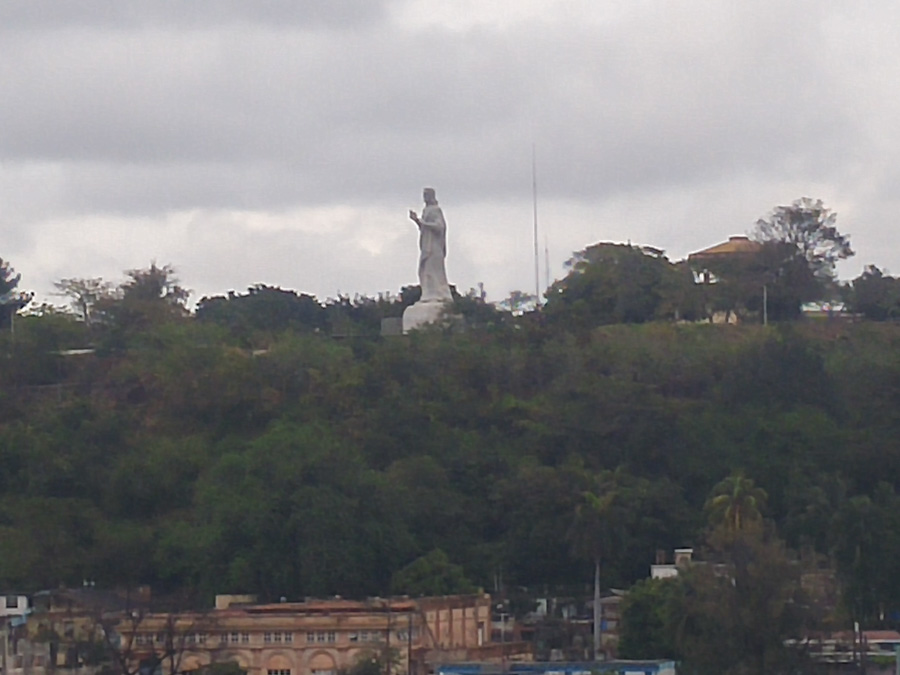
The Christ of Havana - Massive marble statue of Jesus, completed in 1958, with city & water views from its hilltop plaza.

The city awaits us...

The dome signals the Museum of Rum... Good place to visit

Other ships are following us into the port and tieing up for the day


Love those colors...even in the rain!


1955 Ford Fairlane Convertible still in action
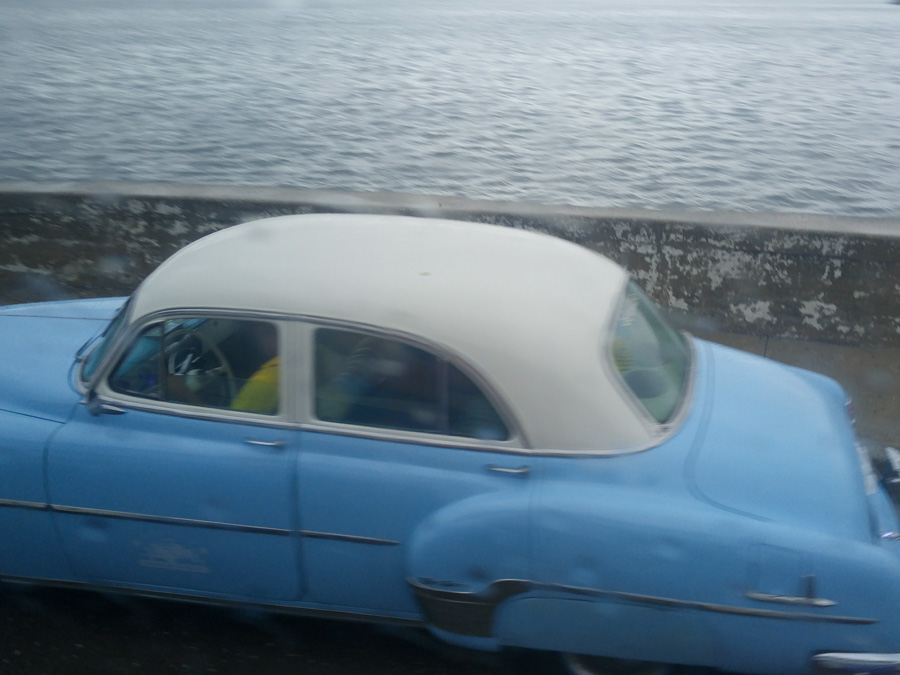
1952 Chevy


Monumento Maximo Gomez

On a sunny day...
Did You Know? - Inaugurated in the mid-1930s, this magnificent monument pays homage to Dominican-born General Máximo Gómez, who became Commander in Chief of Cuba's Liberation Army during the Wars of Independence. The monument is eminently classical, and combines marble and bronze. It is the work of Italian sculptor Aldo Gamba, whose design was chosen over those of more experienced artists, which caused a bit of a scandal at the time.

The wind and rain was blowing keeping us inside the bus

Museo Del Aire was a national aviation museum

Too wet to visit the grounds

Old Russian MIG's on display

The National headquarters of the Cuban Civil Defense located across the bay of Havana in the suburb of Casablanca

Time for a stroll

Across the entrance to the harbor

Our ship awaits us




Christ of Havana
Did You Know? - The statue was carved out of white Carrara marble, the same material used for many of the monuments of the Colon Cemetery. The statue is about 20 metres (66 ft) high including a 3-metre (10 ft) base.
It weighs approximately 320 tons. The statue was built from 67 blocks of marble that had been brought from Italy after being personally blessed by Pope Pius XII. The figure of Christ is standing with the right hand held near the chin and the left hand near his chest. Facing the city, the statue was left with empty eyes to give the impression of looking at all, from anywhere to be seen.
The sculpture, located in the Havana suburb of Casablanca, in the municipality of Regla, was inaugurated on La Cabaña hill on December 24, 1958. Just fifteen days after its inauguration, on January 8, 1959, Fidel Castro entered Havana during the Cuban Revolution.
The sculpture is located 51 metres (167 ft) above sea level, rising to a height of 79 metres (259 ft), allowing the locals to see it from many points of the city. There is a panoramic viewpoint at the site of the sculpture.

Panorama shot of the western harbor area

It's a busy harbor

From the Civil Defense HQ we can view our ship


A quiet unassuming building

Springs into action when earthquakes/hurricanes are active

Helping hands
Did You Know? -
Sculpture to the Cuban Solidarity - La Habana, Cuba.
This abstract sculpture is located on the grounds of a Government building in Casa Blanca a suburb of the city of Havana.
The inscription on the sculpture reads: "Obra erigida al pueblo de cuba por su solidaridad ante las adversidades de la naturaleza / Escultor cubano, Andrés González Gonzalez / 31 de julio del 2012"
Translation: "Work erected to the people of Cuba for their solidarity to the adversities of nature / Cuban sculptor, Andrés González Gonzalez / July 31, 2012 "
Translation: "Monument erected to the civil defense of Cuba / In this composition are represented, in an abstract way, the wind, the fire, the water, even the tectonic plates and in the middle of that maelstrom, like trunks that do not respond to that impact, is the solidarity of men with the inclusion of figurative elements that are the arms. / The monument is 7 meters high, the technique used is iron cement worked with chemical additives that make a material waterproof to prevent corrosion. According to the sculptor, this technique gives the possibility of working with freshness to achieve richness of texture and movement, while being integrated by the nobility of the material in terms of color and naturalness to environment."


Fortaleza de San Carlos de la Cabaña (Fort of Saint Charles), colloquially known as La Cabaña, is an 18th-century fortress complex, the third-largest in the Americas, located on the elevated eastern side of the harbor entrance in Havana, Cuba. The fort rises above the 200-foot (60 m) hilltop, along with Morro Castle.



The walls still stand almost 300 years later!
Did You Know? - After the capture of Havana by British forces in 1762, an exchange was soon made to return Havana to the Spanish, the controlling colonial power of Cuba, in exchange for Florida. A key factor in the British capture of Havana turned out to be the overland vulnerability of El Morro. This realization and the fear of further attacks following British colonial conquests in the Seven Years War prompted the Spanish to build a new fortress to improve the overland defense of Havana; King Carlos III of Spain began the construction of La Cabaña in 1763. Replacing earlier and less extensive fortifications next to the 16th-century El Morro fortress, La Cabaña was the second-largest colonial military installation in the New World by the time it was completed in 1774
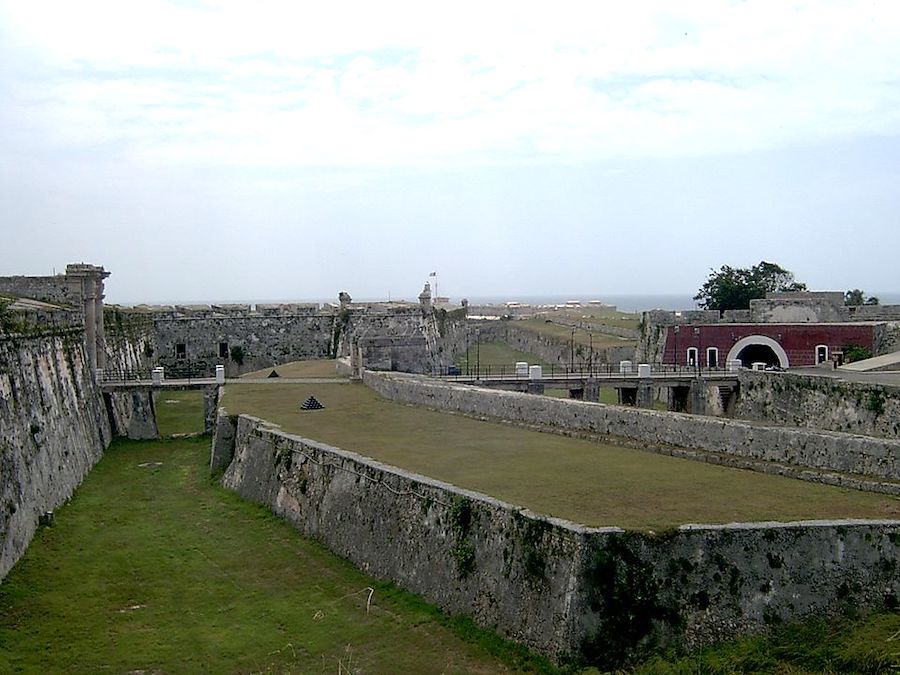

In olden days it protected the city from invaders

Did You Know? - Over the next two hundred years the fortress served as a base for both Spain and later independent Cuba – La Cabaña has been used as a prison by the government of the leaders Fidel Castro and his younger brother Raúl.
In January 1959, communist revolutionaries led by Fidel Castro seized La Cabaña; the defending Cuban Army unit offered no resistance and surrendered. Che Guevara used the fortress as a headquarters and military prison for several months. During his five-month tenure in that post (January 2 through June 12, 1959), Guevara oversaw the revolutionary tribunals and executions of people who had opposed the communist revolution, including former members of Buró de Represión de Actividades Comunistas, Batista's secret police.
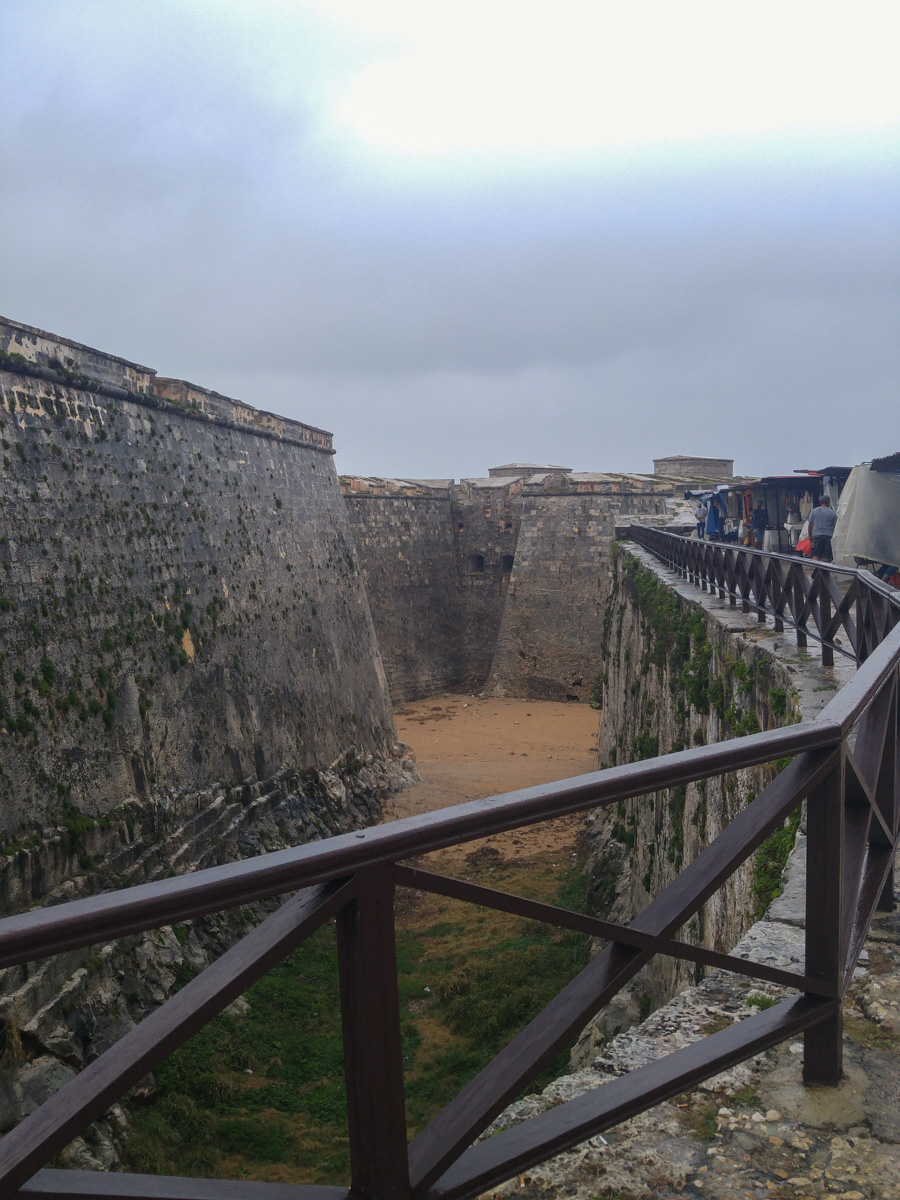
Well designed for being hundreds of years old



THe old 59' Chevy is right behind us!

Party like it's 1519 this fall when Havana celebrates its 500th birthday. The Cuban capital, which has been gearing up for the event for two years, has scheduled celebrations, observances, tours and cultural events.

Did we say rain???

Coming down in buckets!

Sloppy Joe's Bar is a historic bar located in Havana, Cuba. The bar reopened in 2013 after being closed for 48 years.

Different in the sunlight!

Churches dot the city
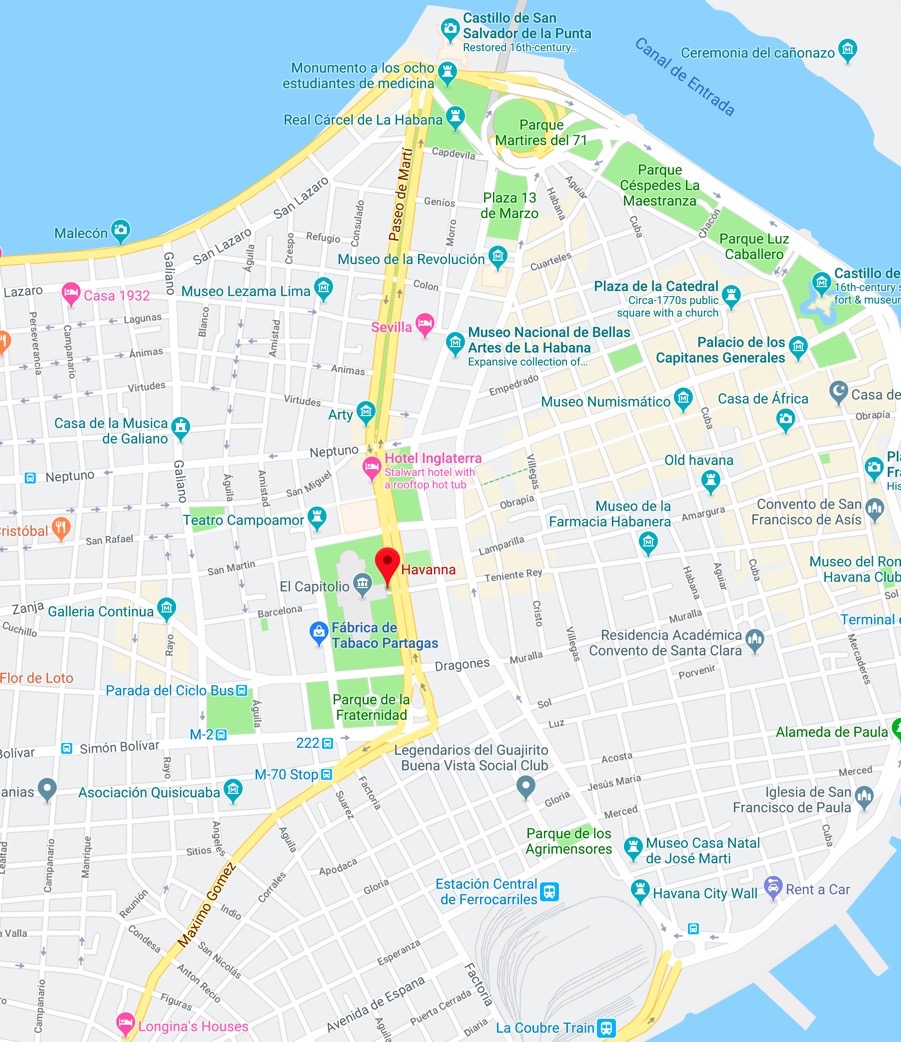
In the heart of Havana is the capital building

This is a beautiful historical site (when it is dry) which is being refurbished by the government, and put to fitting purpose. It serves as a central landmark to the capital city. It is also a short distance from many of the other historical sites and museums of Havanna, and a number of stylish old hotels, restaurants, bars and music venues.

No shopping today!

Traffic was lite

Many of the buildings are run down and in severe disrepair

Did we say blue is popular??


Evolution of the revolution
Did You Know? - The Plaza is 31st largest city square in the world, measuring 72,000 square meters.
The square is notable as being where many political rallies take place and Fidel Castro and other political figures address Cubans. Fidel Castro addressed more than a million Cubans on many important occasions, such as 1 May and 26 July each year. Pope John Paul II, during his 1998 first visit by a Pope, and Pope Francis in 2015, held large Masses there during papal visits to Cuba.
The square is dominated by the José Martí Memorial, which features a 109 m (358 ft) tall tower and an 18 m (59 ft) statue. The National Library, many government ministries, and other buildings are located in and around the Plaza. Located behind the memorial is the Palace of the Revolution, the seat of the Cuban government and Communist Party. Opposite the memorial are the offices of the Ministries of the Interior and Communications, whose facades feature matching steel memorials of the two most important deceased heroes of the Cuban Revolution: Che Guevara, with the quotation "Hasta la Victoria Siempre" (Until the Everlasting Victory, Always) and Camilo Cienfuegos (sometimes mistaken for Fidel Castro ]), with the quotation "Vas bien, Fidel" (You're doing fine, Fidel). It is also the site of several cultural institutions.
Construction of the square and the José Martí monument commenced during the Presidency of Fulgencio Batista. The square and the memorial were completed in 1959 (the year Fidel Castro came to power). It was originally called Plaza Cívica (Civic Square). After the Cuban Revolution (1959), it was renamed "Plaza de la Revolución" or "Revolution Square." An elevator allows access the top of the memorial, at 109 m one of the tallest points in the city.
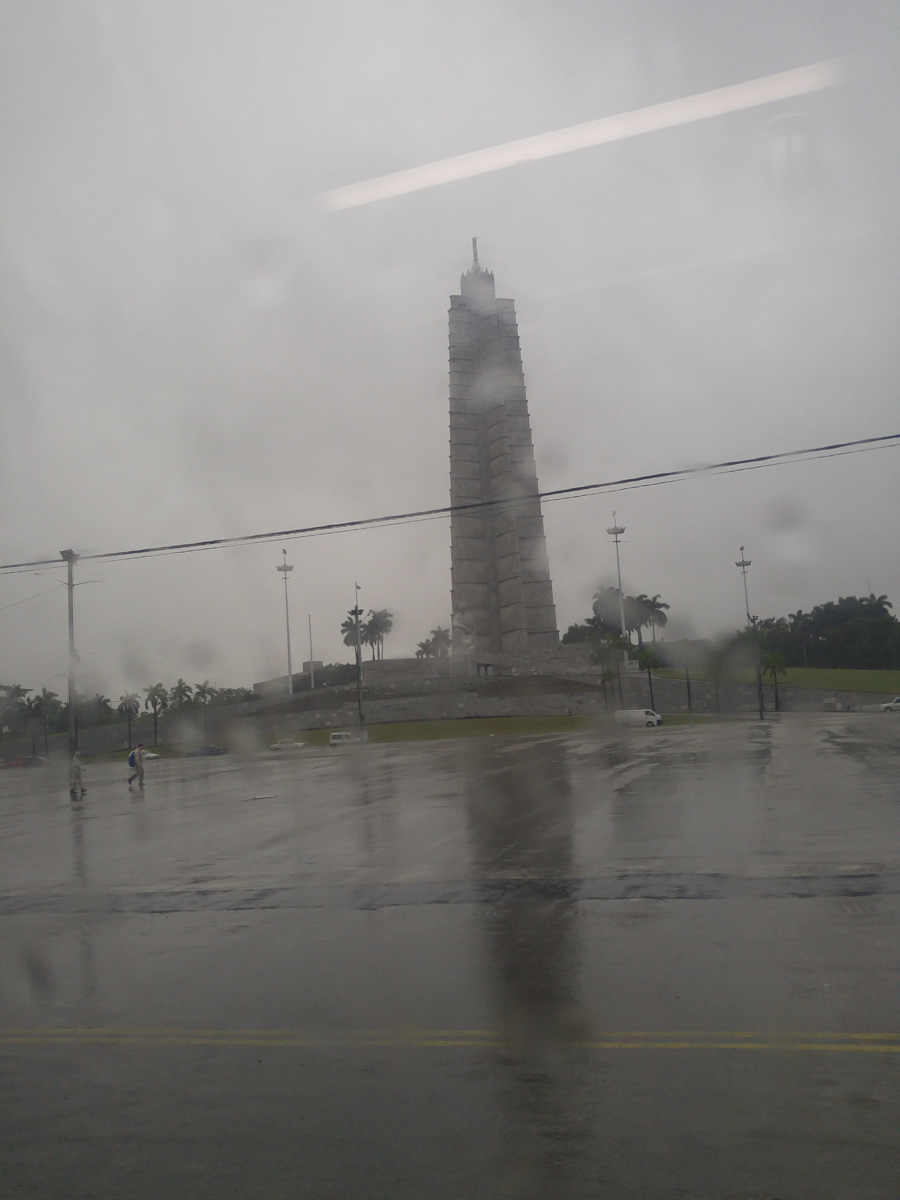
José Martí Memorial, which features a 109 m (358 ft) tall tower and an 18 m (59 ft) statue.

Government offices

Did You Know? - El Cementerio de Cristóbal Colón, was founded in 1876 in the Vedado neighbourhood of Havana, Cuba to replace the Espada Cemetery in the Barrio de San Lázaro.
Named for Christopher Columbus, the cemetery is noted for its many elaborately sculpted memorials. It is estimated the cemetery has more than 500 major mausoleums.
Before the Espada Cemetery and Colon Cemetery were built, interments took place in crypts at the various churches throughout Havana, for example, at the Havana Cathedral or the Iglesia del Espíritu Santo File:Iglesia del Espíritu Santo, Havana master sepulchre.jpg in Havana Vieja.



Amazing artwork marks the grounds

Marble and granite are all over the grounds

From the mundane to the elegant

The Cementerio Colón measures 620 by 800 meters (122.5 acres). Designed by the Galician architect Calixto Arellano de Loira y Cardoso, a graduate of Madrid's Royal Academy of Arts of San Fernando, became Colón's first resident when he died and before his work was completed. It was built between 1871 and 1886, on former farm land. Laid out in a grid similar to El Vedado by numbered and lettered streets it becomes an urban microcosm of the city.
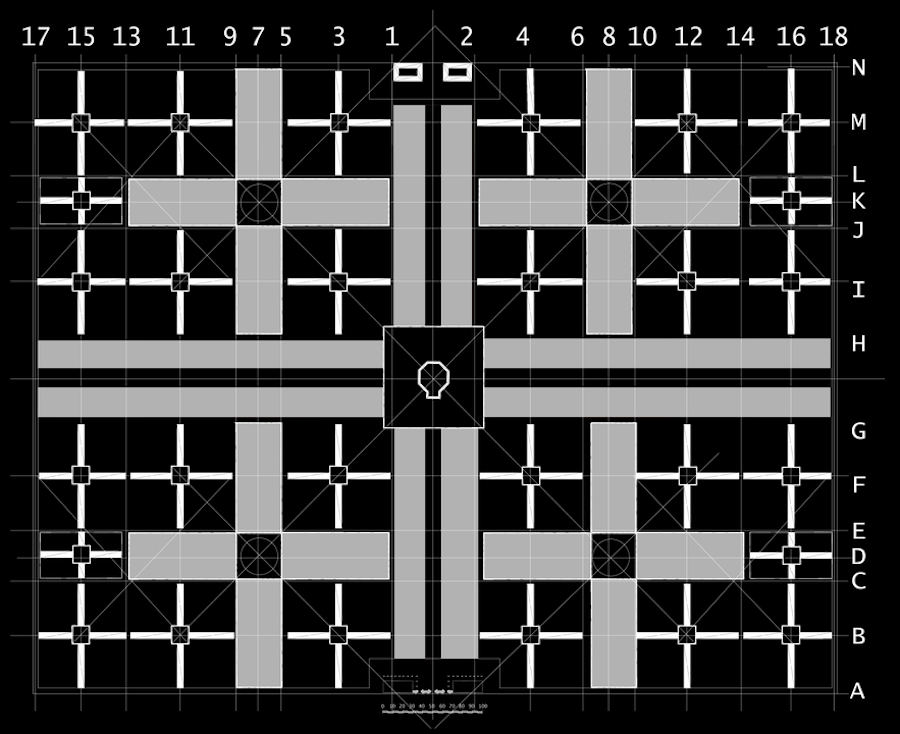
The parallelism makes graves easy to find

The sculptures are amazing

The center of the cemetary


Lots of stone used in the houseing of the old sections of Havana

Many buildings are run down

Wrought iron decorations is prevalent

Faded blues and greens fit todays weather!
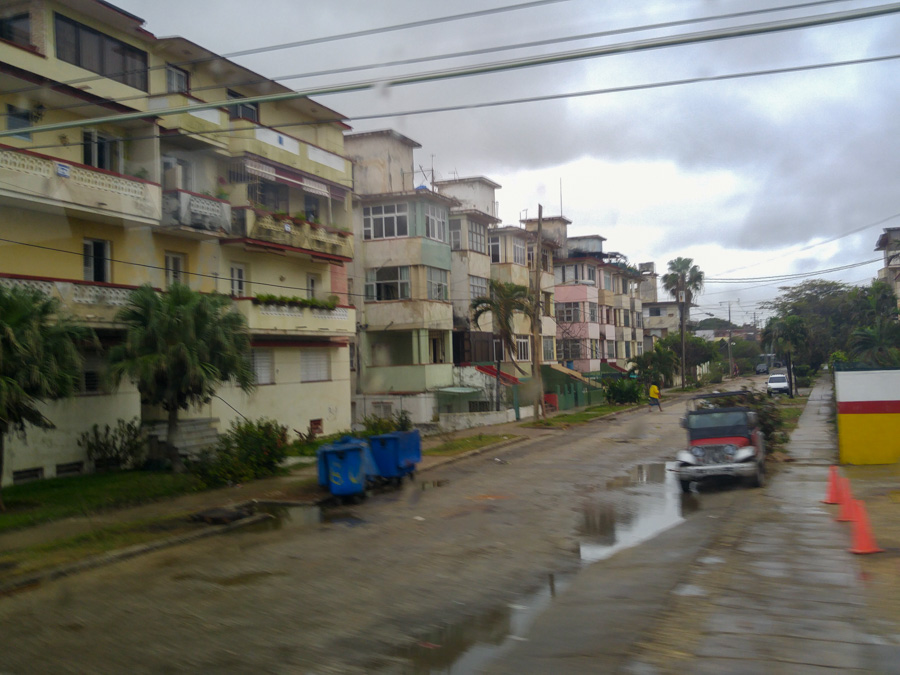
Loads of apartments throughout the city

What time is it?

Rain rain go away


The Meliá Cohiba offers spectacular views of the sea and the city. An exceptional hotel for both business and leisure guests with an excellent location, the exclusive The Level service and a lively party room, Habana Café.

Modern yet welcoming building with a magnificent location next to the famous Havana seawall in the downtown district of El Vedado, near all the main cultural attractions and Havana cabaret shows. Ideal accommodation for business travellers

Not imaginative but practical

Outdoor sporting event theater

Did You Know? - The Embassy of the United States of America in Havana is the United States of America's diplomatic mission in Cuba. On January 3, 1961, US President Dwight D. Eisenhower severed relations following the Cuban Revolution of the 1950s. In 1977, President Jimmy Carter and President Fidel Castro signed an Interests Sections Agreement that permitted each government to operate out of its former embassy in Havana and Washington D.C., which were called Interests Sections; they were prohibited from flying their respective flags. Cuban President Raúl Castro and US President Barack Obama restored full diplomatic connections on July 20, 2015.
The building housed the United States Interests Section in Havana between 1977 and 2015, which operated under the auspices of the Swiss Embassy (acting as protecting power). On July 1, 2015 it was announced that with the resumption of diplomatic ties, the building resumed its role as the U.S. Embassy in Cuba on July 20, 2015.
After the allegations of sonic attacks surfaced in 2017, United States withdrew most of the personnel from the embassy, so by July 2018 only 10 American diplomats were left to maintain the diplomatic service. The embassy is led by Chargé d'affaires ad interim Ambassador Mara Tekach.

Good to see Amercan soil

Empty building these days

Ten diplomats

After years of neglect due to the reduction in tourism following the revolution, the hotel was mainly used to accommodate visiting diplomats and foreign government officials. The collapse of the USSR in 1991 forced the Cuban communist party, anxious for foreign exchange reserves, to reopen Cuba to tourists

Did You Know? - The Hotel Nacional de Cuba is a historic Spanish eclectic style hotel in Havana, Cuba, which opened in December 1930. Located on the sea front of the Vedado district, it stands on Taganana Hill, offering a commanding views of the Malecón, Havana Harbor, and the city.

Fantastic location overlooking the city - The hotel opened as The National Hotel of Cuba on December 30, 1930, operated by the American managers of the Plaza Hotel, Savoy-Plaza Hotel and Copley Plaza Hotel, at a time Cuba was a prime travel destination for people in the U.S.

Driving back into the heart of the city


The Hermanos Ameijeiras Hospital, officially the Hospital Clínico Quirúrgico "Hermanos Ameijeiras", is located in Barrio San Lazaro and is the premier hospital in Cuba, its tower prominently visible from the Malecón between the historic center and the uptown Vedado neighborhood. It was opened in 1982. According to EcuRed, the Cuban state wiki, it was "created by the Revolution to offer the people service in a best-in-class, world-class environment"


A few blocks away seems desolate

1952 Buick still rollin'

Downtown does not seem too busy

Momuments seem to be popular

The old cars are lined up for review

Old modes of transportation still work

Art seems to be everywhere

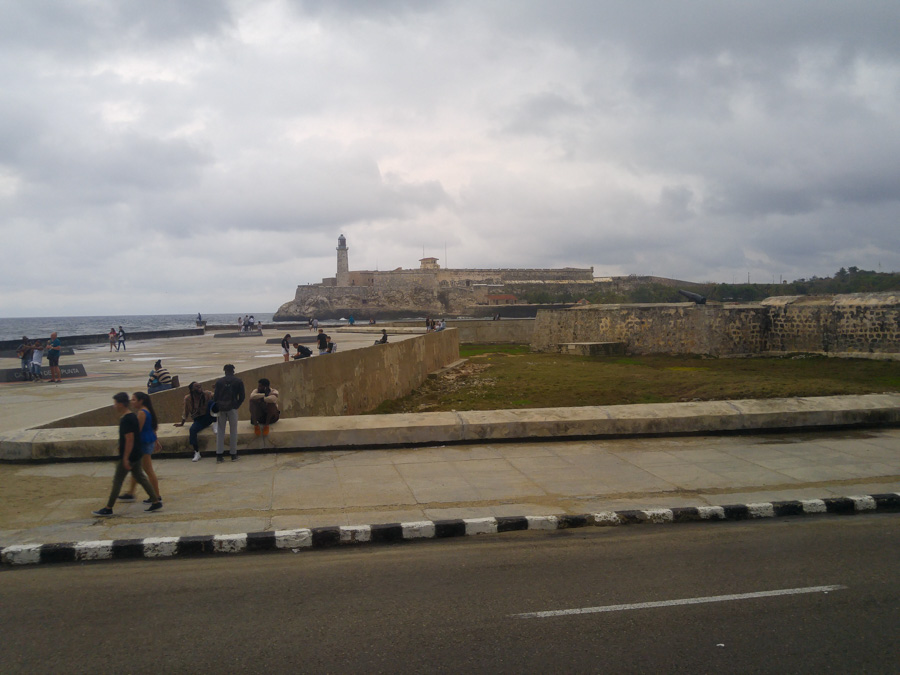
Protecting the harbor

Went out with a bang!


Home for the evening and safe

Artwork for sale

Quite creatrive

Decorate your home?
